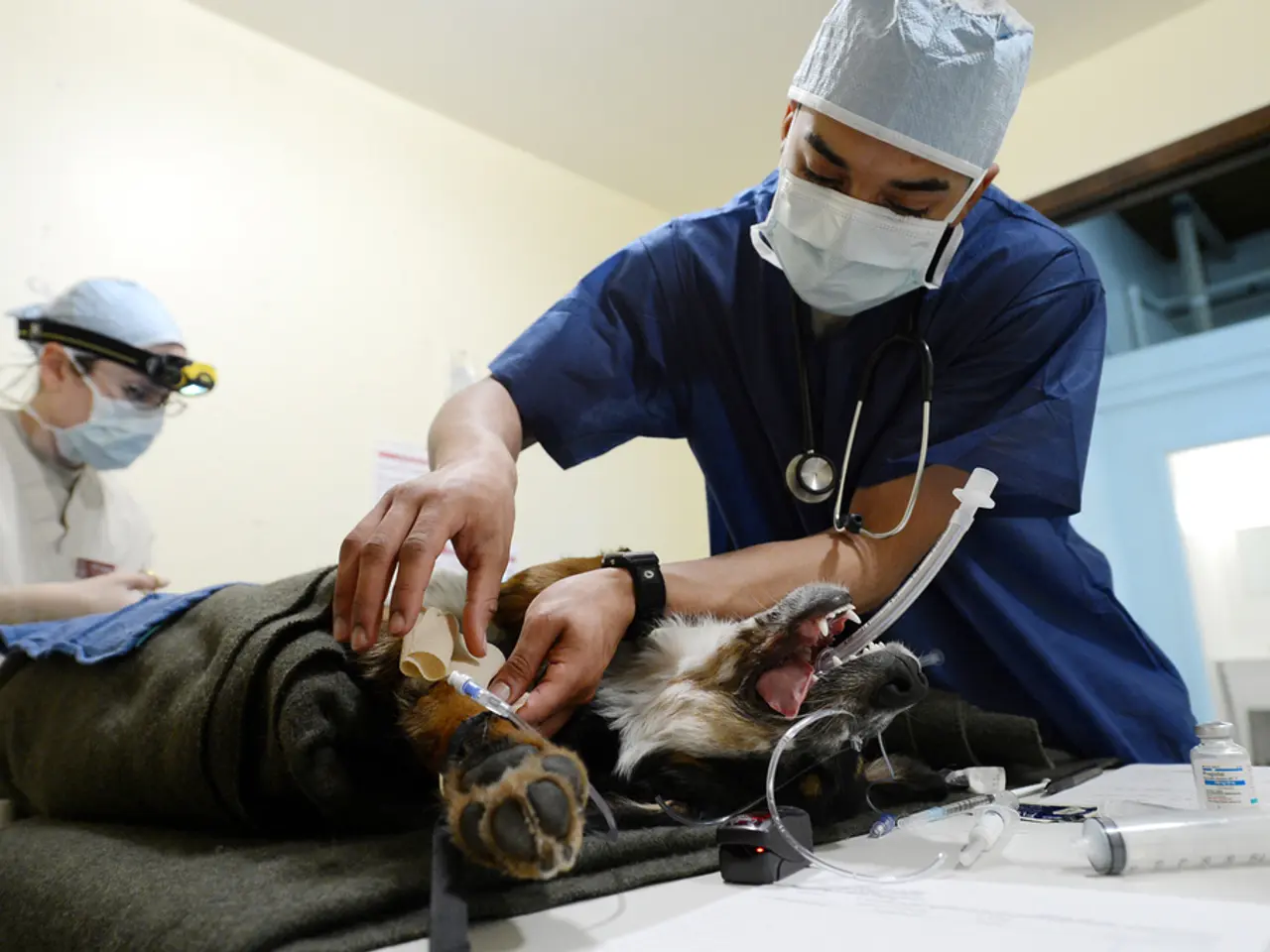Tracheostomy Tube with Fenestrations: Function, Insertion Method, and Further Details
A Fenestrated Tracheostomy Tube is a specialized type of tracheostomy tube used to aid patients who need to speak or vocalize and are being weaned from mechanical ventilation. The tube features openings, or fenestrations, that allow air to flow from the lungs through the vocal cords and out the mouth or nose, enabling phonation and effective coughing.
The benefits of a fenestrated tube are particularly evident in three main scenarios:
- Weaning from Mechanical Ventilation: Fenestrated tubes facilitate the process of vocalization and evaluation of upper airway function during the transition to spontaneous breathing [2].
- Temporary Ventilation: In situations where a patient needs to regain speech ability and airway protection, fenestrated tubes enable airflow above the tracheostomy [1].
- Deflated Cuff: When the cuff is deflated, fenestrations allow air passage through the vocal cords, improving communication [5].
However, fenestrated tubes should not be used in patients who are at high risk of aspiration, as the fenestrations increase the risk of gastric or oral contents entering the lungs. Additionally, in patients receiving positive pressure ventilation, fenestrations can impair ventilation effectiveness unless a non-fenestrated inner cannula is in place to block the holes during ventilation or suctioning [1][5].
In contrast, a Non-Fenestrated Tracheostomy Tube is preferable in cases where:
- The patient requires prolonged positive pressure ventilation.
- There is a risk of aspiration or the patient is medically unstable.
- Suctioning needs to be performed without air leaks or risk of trauma.
In a fenestrated tube, the inner cannula has small holes that line up with an opening in the outer cannula. As a person breathes, air passes through the tube and exits through the tracheal opening, but some air also passes upward, out through the holes, toward the upper airway. This allows air to pass through a person's vocal cords so that they can speak.
With a doctor's approval, a person may cover their inner cannula with a cap to block the tracheostomy and breathe through their nose and mouth before a doctor removes their tracheostomy tube. The Shiley 6 fenestrated cuffless tracheostomy tube is a specific size fenestrated tracheostomy tube that does not have a cuff.
Lastly, a person will need to suction their tracheostomy to clear it of mucus and secretions. It's essential to ensure that the inner cannula does not contain holes or openings before suctioning to prevent air leaks.
Science and health-and-wellness professionals may recommend neckandthroatsurgeries involving the use of fenestrated tracheostomy tubes, especially for patients transitioning from mechanical ventilation or those needing temporary ventilation. However, medical-conditions that increase the risk of aspiration could make science-backed therapies and treatments using non-fenestrated tracheostomy tubes more suitable.




